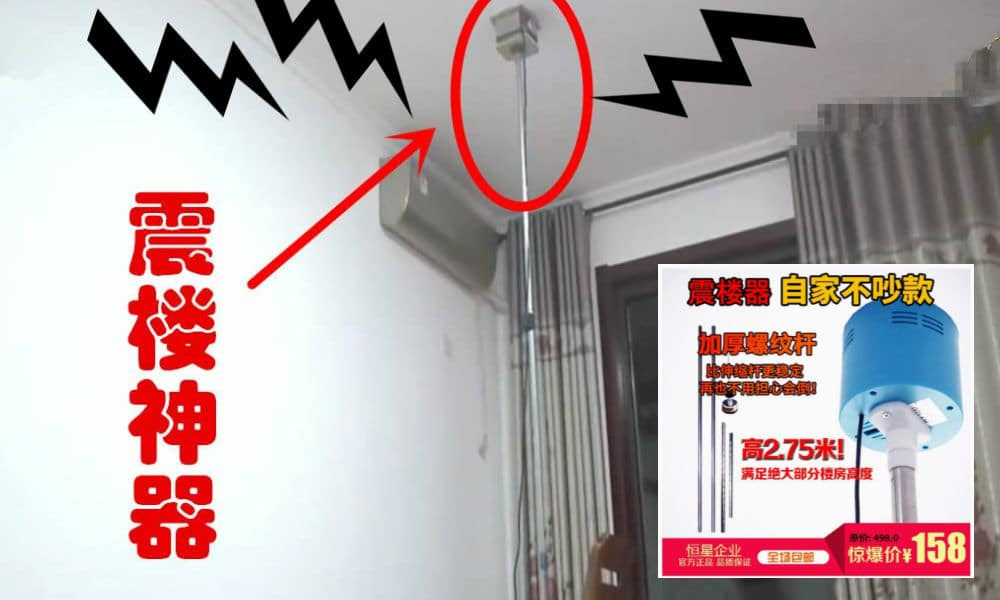Nose, iris, pupil
Last week, a master's student went to the board to write the Chinese character for "nose" (bí 鼻), but forgot how to do so. There is no simplified version. The form of this character differs slightly between China and Japan: in China it is 鼻 and in Japan it is 鼻. Can you spot the difference?
Believe it or not, the top part of the character depicts a nose. Here's the small seal script form, about two millennia ago (the bottom part is the phonophore, which was added long after the top part was invented):
Glyph origin
Phono-semantic compound (形聲, OC *blids): semantic 自 (“nose”) + phonetic 畀 (OC *pids).
自 (OC *ɦljids) originally meant “nose” but came to be used to mean “self”, so the sense of “nose” has been replaced by 鼻 (OC *blids). Some scholars interpret 鼻 (OC *blids) as a combination of a nose (自 (OC *ɦljids)) and two lungs (畀 (OC *pids)).
Read the rest of this entry »





